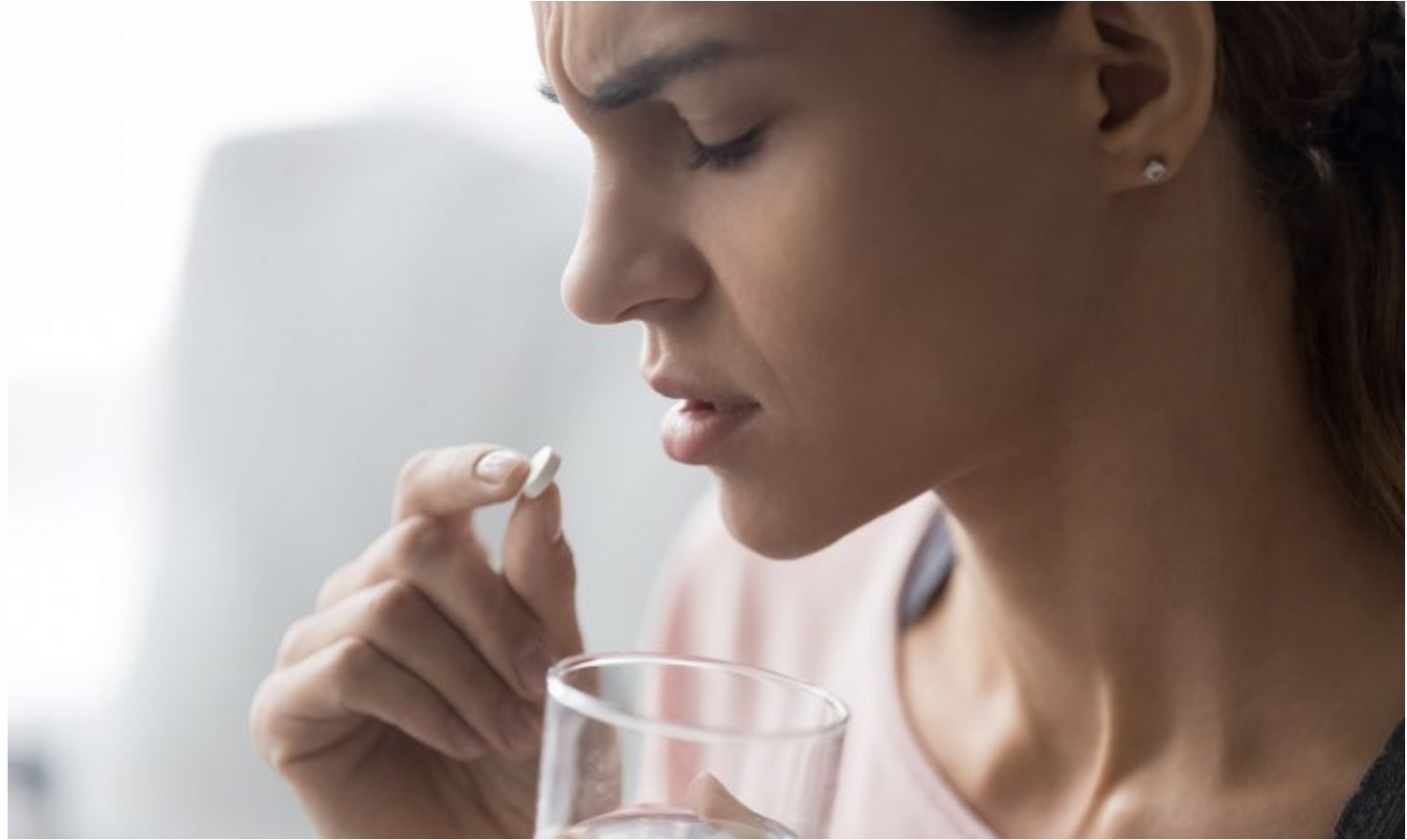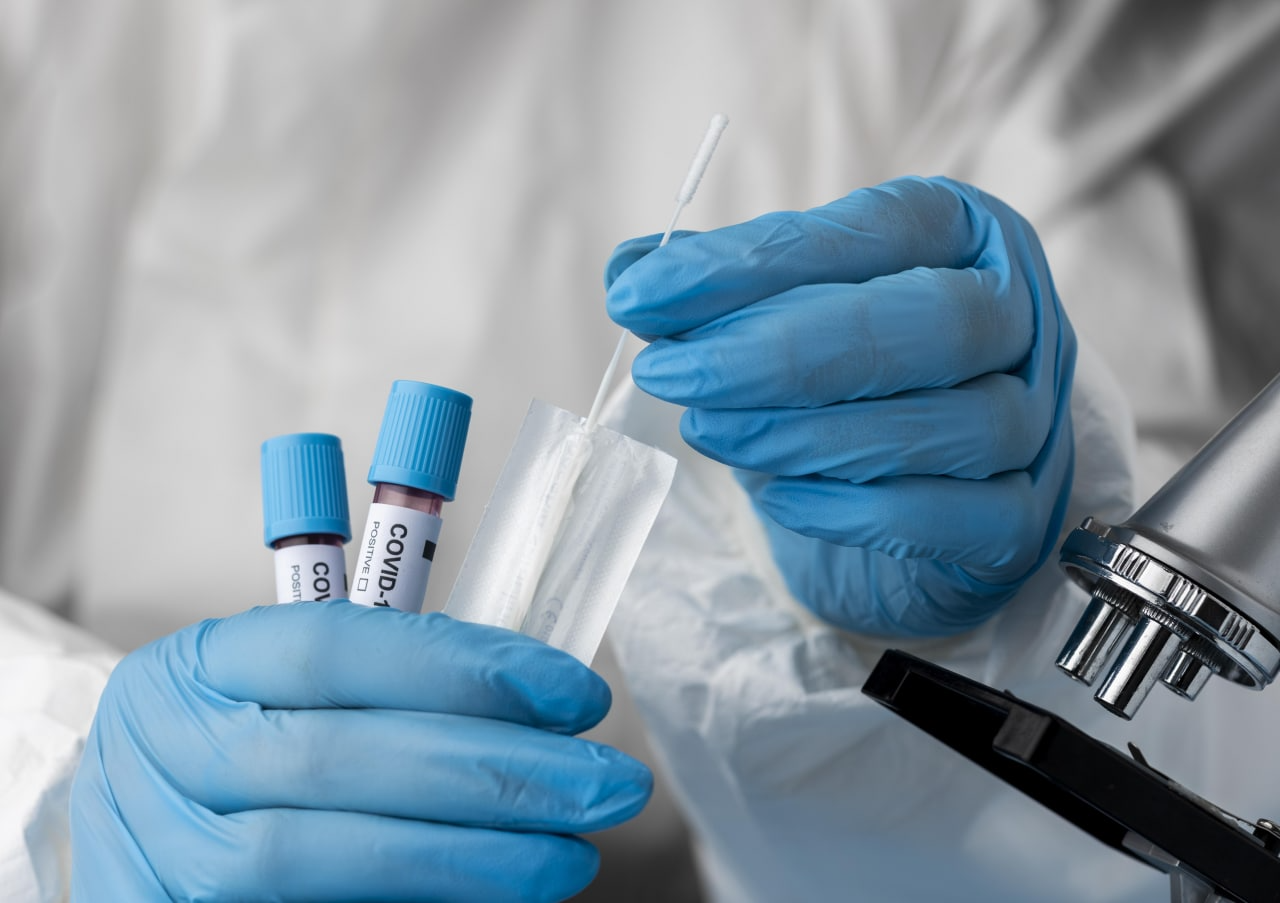Published by: Diana Luai Awad, Dr Pharmacist
Progressive hypoestrogenemia — characteristic of postmenopause — negatively affects quality of life due to a number of adverse reactions from hot flashes to an increased risk of deficiency of certain nutrients, in particular, vitamin D which plays an important role in the work of many organs and systems. Our previous publication about vitamin D and pregnancy read here.
Vitamin D Deficiency, Menopause and Their Common Complications
Vitamin D is well known as a nutrient that maintains calcium and phosphorus homeostasis and is involved in bone mineralization. As a rule, vitamin D deficiency is considered to have close relationship with impaired renal and liver functions, age and number of years lived after menopause. It is known that women spend less time in the sun with age, so the skin produces less vitamin D1.
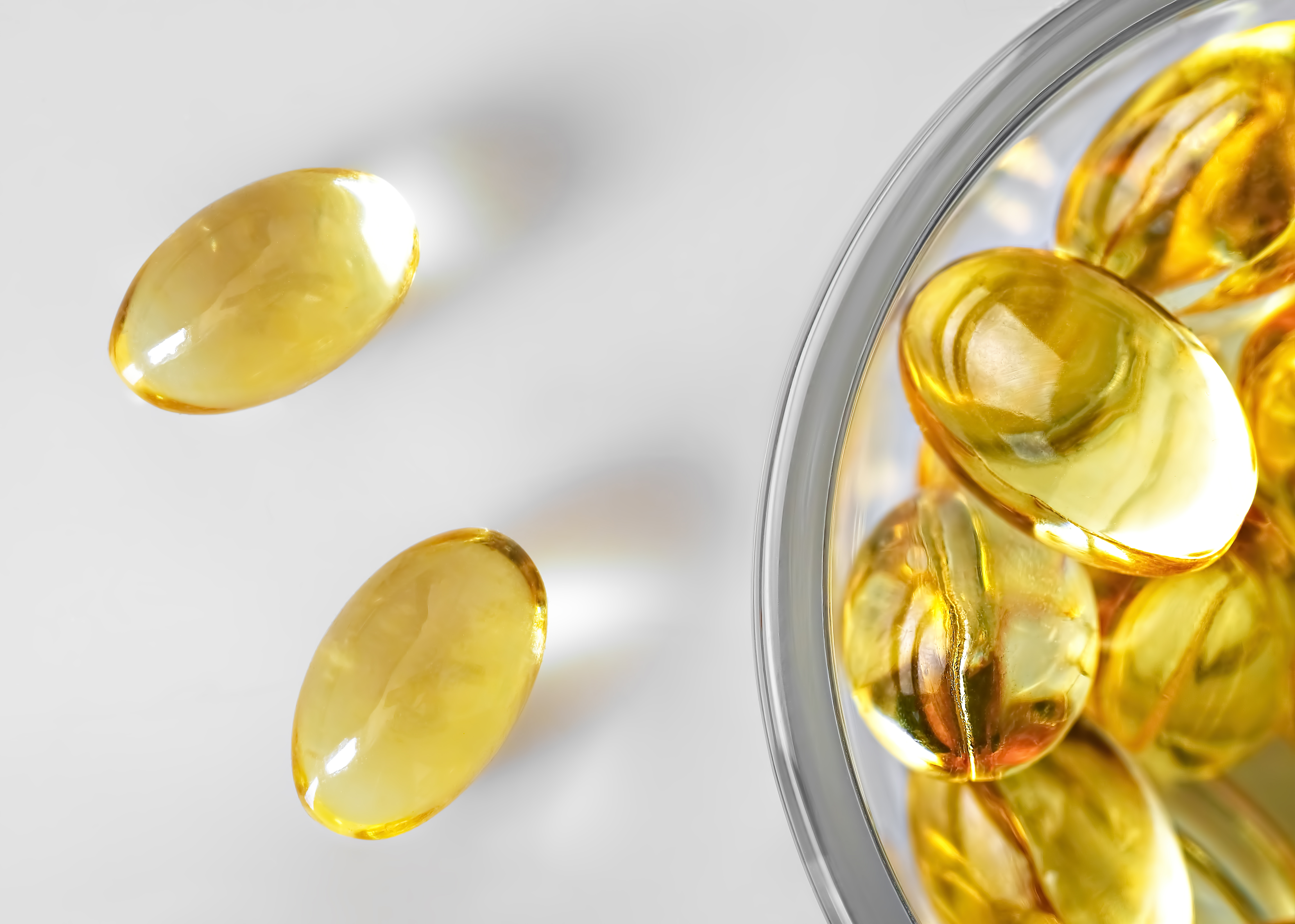
A relation between vitamin D status and the risk of developing cancer, cognitive impairment, diabetes mellitus, and cardiovascular disease has been confirmed. After the onset of menopause, the frequency of many of these pathologies increases. Thus, menopause and vitamin D deficiency share several common adverse effects, including bone loss, mood disturbances, increased risk of heart disease and cancer2. In addition, the effect of vitamin D on some other pathologies that are associated with menopause has been described. Let's take a look at the most known ones.
Obesity
Cross-sectional studies show that menopause is associated with weight gain and changes in body fat distribution. The immediate cause of weight gain is the reduction of muscle mass after menopause, physical inactivity, and gains in adipose tissue. Hormonal changes also play a role in changing fat distribution. Estrogen deficiency is associated with an increase in free testosterone, and hyperandrogenemia is associated with the accumulation of visceral fat.
As a result, visceral fat accumulates increasing the risk of metabolic, cardiovascular disease, cancer, and increased mortality3.
At the same time obesity is also associated with low levels of vitamin D, although it was not clear which came first: weight gain or nutrient deficiency. Today it is already known that a higher body mass index leads to a decrease in the level of 25(OH)D. And vice versa — an increase of vitamin D and calcium levels reduces the body weight gain and proportion of adipose tissue in oobesity4.
Since increasing age and body fat lead to a decrease in vitamin D levels, peri- and postmenopausal women are at risk of hypovitaminosis D.
Metabolic Syndrome and Cardiovascular Disease
A decrease in estrogen level is associated with adverse changes in lipid and carbohydrate metabolism. Plenty of evidence support that low vitamin D level is also strongly associated with cardiovascular risk factors and cardiovascular events1. Low vitamin D level increases the risk of both obesity and insulin resistance, apparently due to the beneficial effect of this nutrient on insulin action.
Vitamin D supplementation has been shown to reduce the risk of metabolic syndrome5, and the risk of hypertension is lower in individuals with high vitamin D and calcium intakes6. Small studies report a positive effect of vitamin D on blood pressure7. Vitamin D and calcium supplementation have been shown to be associated with a reduction in low-density lipoprotein levels, and high vitamin concentrations have been associated with a favorable overall lipid profile8.
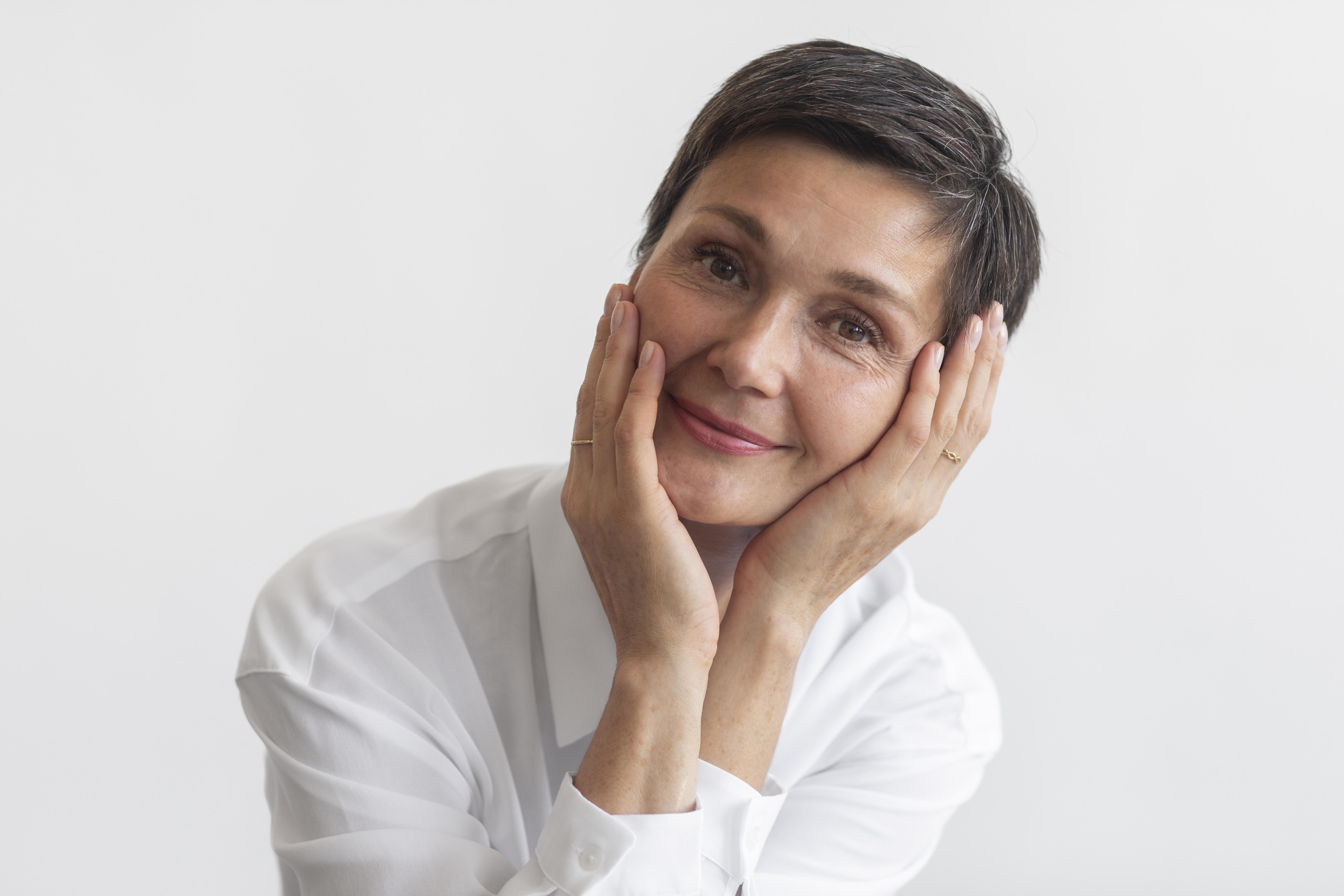
Thus, vitamin D supplementation in postmenopausal women can reduce the cardiovascular risks associated with both menopausal syndrome and hypovitaminosis D.
Musculoskeletal System
As a result of hypoestrogenemia rapid bone loss occurs leading to an increased risk of osteoporosis and fractures. Peak bone mass, which is reached at about 25–30 years of age, slowly declines between 30 and 50 years of age, and then rapidly drops to 3–4% per year. Age, gender, medical and psychological conditions such as cognitive impairment and depression, medications, imbalance and muscle weakness lead to frequent falls, closely associated with fractures. Physical activity, reduced alcohol intake, and intake of calcium and vitamin D are recommended for bone health in perimenopause2.
Vitamin D has a dual effect on the musculoskeletal system participating in calcium metabolism and reducing the risk of falls in the elderly by improving neuromuscular function2. There is evidence that vitamin D and sex hormones modulate the functional relationship between bone and muscle tissue.
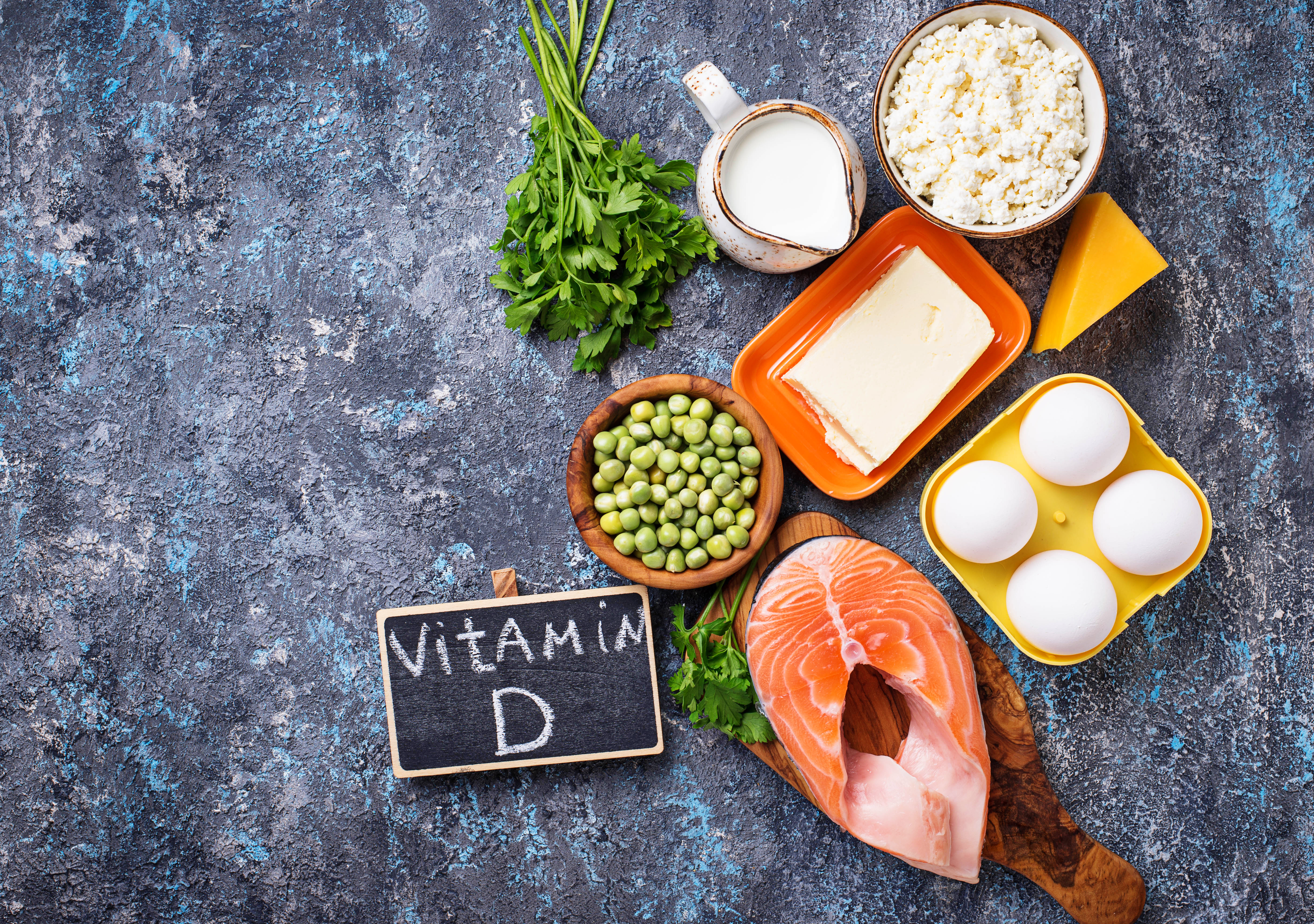
In a large meta-analysis with a total of 68 500 participants, the risk of fractures with vitamin D and calcium is reduced by 8%, and hip fracture by 16% 9. Vitamin D supplementation has been shown to have a positive effect on joint pain and muscle mass in postmenopausal women. In addition, as muscle pain decreases, physical activity levels can increase helping to reduce the risk of osteoporosis, obesity, and cardiovascular disease.
Symptoms of the Climacteric Syndrome
Higher sensitivity to estrogen level may underlie the powerful manifestations of menopausal syndrome in some women who have frequent vasomotor symptoms and greater bone loss. There is a range of evidence that point to shared complications in women suffering from premenopausal vasomotor symptoms as well as vitamin D deficiency, such as increased bone loss, hypertension and depression. However, to date, there are no randomized clinical trials, that have investigated the effects of vitamin D supplementation on the severity of vasomotor symptoms, mood changes, and cardiovascular effects.
It is assumed that the cause of hot flashes is the menopausal decrease in the level of serotonin which affects thermoregulation. A recent analysis of 530 women aged 51–80 years found borderline associations between vitamin D level and total menopausal symptoms such as sleep disturbance, emotional stability and energy levels10. Another study demonstrated an improvement in the overall quality of life in menopausal women receiving hormone replacement therapy (tibolone) and vitamin D + calcium11.
Malignant Neoplasms
On the one hand, cancer risk increases with age. Some aspects of lifestyle also influence the growing risks, in particular, reduced physical activity, increased consumption of calories and alcohol, and obesity. On the other hand, vitamin D deficiency is closely associated with carcinogenesis, in particular, it has been proven to be a risk factor for colon, breast and lung cancer11.
Probably, the effect of vitamin D on the development of malignant tumors can be explained by its ability to exert antiproliferative and antiapoptotic effects on cancer cells, inhibit metastatic dissemination and tumor invasion.Given the increased risk of vitamin D deficiency in postmenopausal women, it can be hypothesized that a normal vitamin D status at this age may be beneficial in relation to cancer risk.
Brain Function
Women are known to have a higher risk of anxiety disorders and depression than men. This is due to fluctuations in estrogen levels that occur during the reproductive cycle. Several studies report an increase in depression and anxiety during the menopausal transition12.
At the same time, there are clinical data that indicate the effect of vitamin D on mood and brain function and the association of vitamin D deficiency with vascular neuropathology1. Research findings support the ability of vitamin D to influence memory, cognitive function, risk of dementia, Parkinson's disease and affective disorders13.
Thus, vitamin D deficiency and decreased estrogen levels are high-risk conditions for mood disorders. However, randomized trial data demonstrating the effect of vitamin D supplementation in reducing the risk of depression and other emotional disturbances during menopause is not yet available14.
Bibliography
- Pludowski P, Holick MF, Pilz S, et al. Vitamin D effects on musculoskeletalhealth, immunity, autoimmunity, cardiovascular disease, cancer, fertility, preg-nancy, dementia and mortality – a review of recent evidence. Autoimmun Rev2013;12:976–89.
- ESHRE Capri Workshop Group. Perimenopausal risk factors and future health.Hum Reprod Update 2011;17:706–17.
- Lovejoy JCCC, de Jonge L, Xie H, Smith SR. Increased visceral fat and decreasedenergy expenditure during the menopausal transition. Int J Obes (Lond)2008;32:949–58.
- Salehpour A. et al. A 12-week double-blind randomized clinical trial of vitamin D3supplementation on body fat mass in healthy overweight and obese women //Nutrition journal.2012;11(1):1-8.
- Liu SSY, Ford ES, Manson JE, Buring JE, Ridker PM. Dietary calcium, vitaminD, and the prevalence of metabolic syndrome in middle-aged and older U.S.women. Diabetes Care 2005;28:2926–32.
- Wang LMJ, Buring JE, Lee IM, Sesso HD. Dietary intake of dairy products, calcium,and vitamin D and the risk of hypertension in middle-aged and older women.Hypertension 2008;51:1073–9.
- Larsen T, Mose FH, Bech JN, Hansen AB, Pedersen EB. Effect of cholecalcif-erol supplementation during winter months in patients with hypertension:a randomized, placebo-controlled trial. Am J Hypertens 2012;25:1215–22.
- Schnatz PF, Jiang X, Vila-Wright S, et al. Calcium/vitamin D supplementation,serum 25-hydroxyvitamin D concentrations, and cholesterol profiles in theWomen’s Health Initiative calcium/vitamin D randomized trial. Menopause2014 [Epub ahead of print].
- DIPART (Vitamin D Individual Patient Analysis of Randomized Trials) Group et al. Patient level pooled analysis of 68 500 patients from seven major vitamin D fracture trials in US and Europe //The BMJ.2010;340.
- Leblanc ES, Desai M, Perrin N, et al. Vitamin D levels and menopause-relatedsymptoms. Menopause 2014.
- Cheng TY, Lacroix AZ, Beresford SA, et al. Vitamin D intake and lung cancer riskin the Women’s Health Initiative. Am J Clin Nutr 2013;98:1002–11
- Wharton WGC, Olson SR, Carlsson CM, Asthana S. Neurobiological underpin-nings of the estrogen–mood relationship. Curr Psychiatry Rev 2012;8:247–56.
- Eyles DWBT, McGrath JJ. Vitamin D, effects on brain development, adult brainfunction and the links between low levels of vitamin D and neuropsychiatricdisease. Front Neuroendocrinol 2013;34:47–64.
- Lerchbaum E. Vitamin D and menopause—A narrative review //Maturitas.2014;79(1):3-7.
Colleagues, haven't you joined our PharmaCourses of MENA region Telegram chats yet?
In the chats of more than 6,000 participants, you can always discuss breaking news and difficult situations in a pharmacy or clinic with your colleagues. Places in the chats are limited, hurry up to get there.
Telegram chat for pharmacists of MENA region: https://t.me/joinchat/V1F38sTkrGnz8qHe
Telegram chat fo physicians of MENA region: https://t.me/joinchat/v_RlWGJw7LBhNGY0



